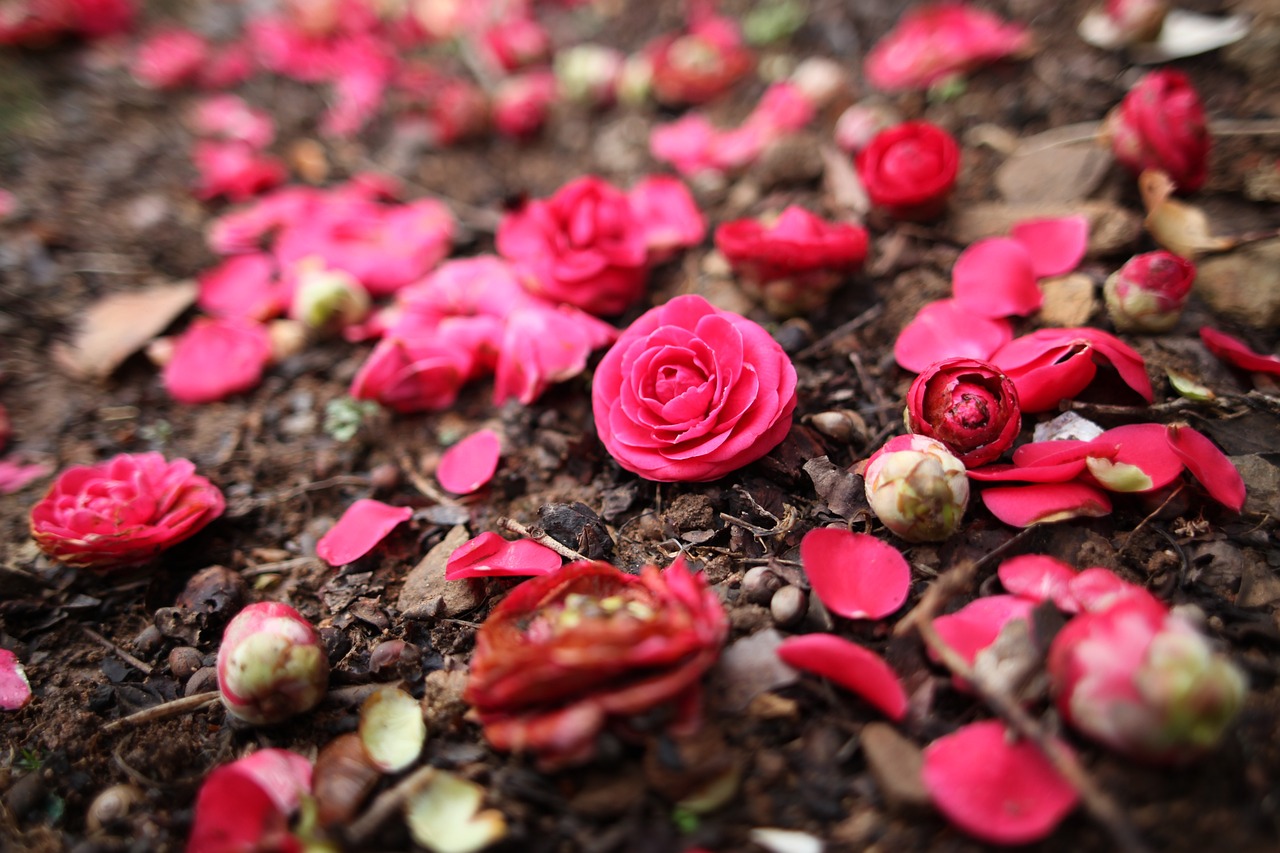IDENTIFICATION of Camellia japonica
Scientific name:
Camellia japonica

Italian common name:
Japanese or flower camellia
Family:
Theaceae
Origin:
originating from Asia, and in particular from China, Japan and Korea
Environment:
it is a subtropical plant and therefore loves rainy summers and dry winters, however it resists the cold, down to -15 °C. Instead, it fears cold winds.
Evergreen or deciduous:
Evergreen.
Toxicity:
not
PLANT RECOGNITION of Camellia japonica
Height:
2 – 3 m.
Width (extension):
2 – 3 m.
Habit:
erect, expanded, with slightly arched branches in the presence of heavy flowers.
Leaf:
persistent and oval with a shiny dark green colour
Flower:
flowers with colors in various shades from white to dark red, pink, red, violet, fuchsia, carmine red, green, cream white, purple, bicoloured, mottled and large corollas in the shape of an open and flattened rose which, when withered, fall to earth in a single block and not touching petal by petal.
Flowering:
from March to May
Fruit:
green-brown capsule.
Trunk:
smooth greyish brown
Property:
use exclusively for ornamental purposes
Perfume:
yes

NEED
Maintenance:
medium/low especially for flower management (see diseases). Fertilize with acidophilic fertilizer.
Light Exposure:
it prefers partial shade but also tolerates the sun depending on the temperatures over the 24 hours.
Soil type:
fresh, moist and acidic. It tolerates neutral soil poorly.
Soil acidity:
pH 6 / 6.5
Italian climatic area:
The flowering camellia was introduced for the first time at the end of the 18th century in the Royal Palace of Caserta, widespread in the area of the pre-Alpine lakes on Lake Maggiore. In Piedmont, where there are numerous groves used for harvesting budding flowers, and in central-southern Italy and the islands, in particular in Tuscany in the area around the municipality of Capannori (LU), whose naturally acidic soils have favored the cultivation since the 18th century and where the “Ancient camellias of Lucca” event takes place every spring
Need for water:
medium As always, it requires more watering as soon as it is planted and in a temperate climate the rains are enough. It tolerates a few days of drought. In winter, reduce but do not suspend watering because it is evergreen.
Propagation:
by seed and by cutting
Diseases:
aphids, scale insects, powdery mildew, gray mold and rust.
Promptly remove rotten flowers to prevent them from becoming a vehicle for fungal diseases, which easily develop on rotting tissues.
Pruning:
does not require pruning. Intervene after flowering only for dead or damaged branches or if the shape of the plant needs to be harmonized.
SPECIAL FEATURES:
Camellia sasanqua flowers in winter and has smaller flowers than japonica. Camellia hiemalis also blooms in winter and has larger and showier flowers. Camellia sinensis is what tea is made from.
Notes:
If you don’t have acidic soil but want to grow acidophilic soil you will have to be persevering in maintaining the soil acidic. There are many ways to acidify the soil, starting from planting conifers (whose needles usually acidify the soil) or collecting needles from neighbors or, again, often throwing away the bluing fertilizer for hydrangeas which contains iron.
If you decide to keep a camellia in a pot, decide on the two positions: summer and winter but still outside. The summer one will be in a position in partial shade (half day of sun and half of shade) while in winter a little more sun would be needed. Keep the saucer dry and surround with cardboard if it is very cold.
In the kitchen:
usually not used even if the internet talks about petals in batter and fried.
THE MONDO DEL GIARDINO ADVICE
A characteristic of this plant is that the flower does not fade and lose its petals, but detaches itself from the plant in one piece. If you want to prolong its life we recommend collecting and placing it in nice centerpiece plates with a drop of water underneath with a red coin and a small piece of copper wire inside.
Now on horseback! Work awaits us! Our new wonderful outdoor space is about to be born!
GOOD WORK and…if you have any questions, write to info@ilmondodelgiardino.com
Image sources: Thanks to Pixabay and many thanks to Udo Reitter for the photo for social media, Igor Olimpov for the cover and, in order of use, insil Lee, Mirko Stödter, Toshiharu Watanabe, Anna Armbrust, jacqueline macou, Annette Meyer, Mirko Stödter and hugh Song for the closing photo.



